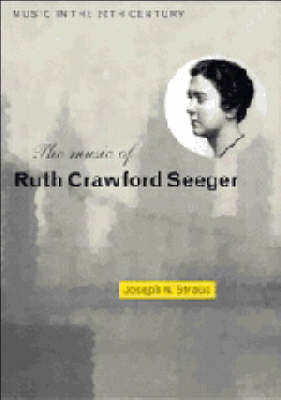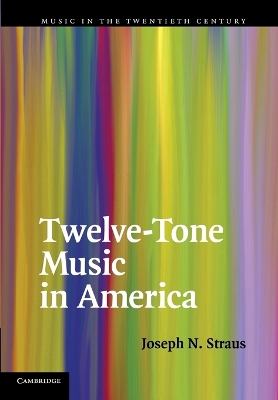Music in the Twentieth Century
2 total works
This book is the first full-length analytical study of the music of Ruth Crawford Seeger. Crawford was a pivotal figure in the American avant-garde, the so-called 'ultra-modern' movement of the 1920s and 1930s. In addition to her historical significance, as part of the first generation of American composers to step out from the shadow of European models, her music deserves attention for its original and compelling structures and its expressive power. Crawford created new ways of writing melodies, of combining them in heterogeneous juxtaposition, of projecting musical ideas over the largest spans of time, and of structuring rhythm and dynamics alongside pitch. In her innovative musical language, Crawford wrote a small handful of works that should now take their rightful place in the musical modernist canon.
Most histories of American music have ignored the presence of twelve-tone music before and during the Second World War, and virtually all have ignored its presence after 1970, even though so many major composers continued (and continue) to compose serially. This book provides a comprehensive history of twelve-tone music in America, and compels a revised picture of American music since 1925 as a dynamic steady-state within which twelve-tone serialism has long been, and still remains, a persistent presence: a vigorous and unbroken tradition for more than eighty years. Straus outlines how, instead of a rigid orthodoxy, American twelve-tone music is actually a flexible, loosely-knit cultural practice. The book provides close readings of thirty-seven American twelve-tone works by composers including Copland, Babbitt, Stravinsky and Carter, among many others, who represent a typically American diversity of background and life circumstances, and strips away the many myths surrounding twelve-tone music in America.

